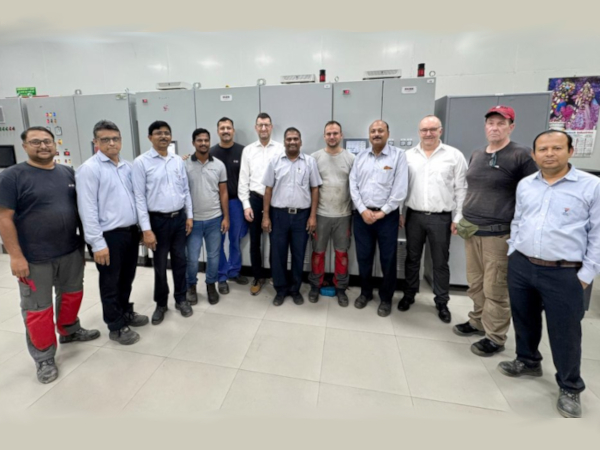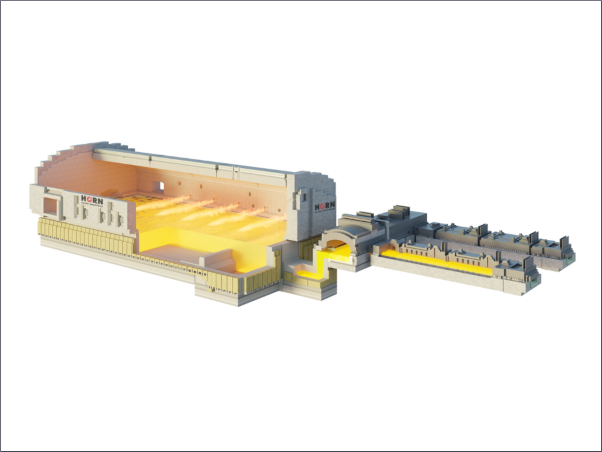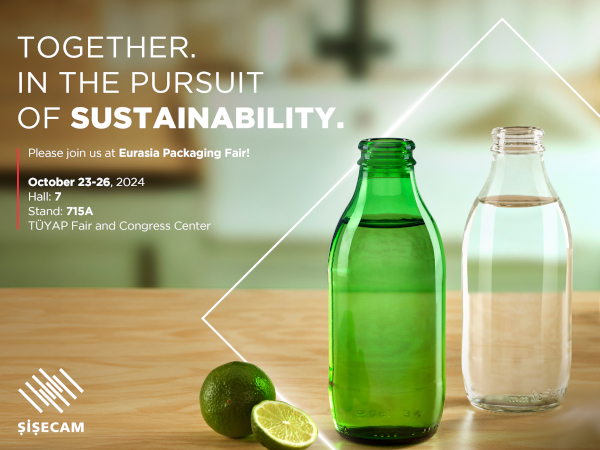Date: 28 August 2008
This means that the industry has stepped up production to meet an increasing demand for glass packaging. In 2007, production in Europe amounted to more than 22 million tonnes which, in terms of demand (production plus imports minus exports) for empty glass containers, represented 36 kg/capita up from 35 kg in 2006. “This is a welcome sign and comes after a number of years of virtual stagnation. It sends an encouraging signal to the industry to keep investing in new furnaces and upgrades, new products and processes,” says Dominique Tombeur, President of FEVE.
Despite competition from other packaging materials, according to the data gathered by FEVE, Portugal and Turkey topped the league in increased glass container production with year on year growth of over 12 and 18 percent respectively. In volume terms, Germany still tops the chart producing over 4 million tonnes and accounts for just under 20 per cent of total EU production of bottles, jars and “flacons” in 2007. Close behind, come France and Italy with just over 3.5 million tonnes - each reflecting the buoyant demand for inert packaging for luxury goods, food products and wines.
The increasing interest in Europe in sustainable packaging materials gives the glass industry a unique advantage over other materials. Its 100% recycle-able credentials and its use of some of the earth’s most abundant raw materials – sand, soda ash and limestone – makes glass a very good story when it comes to environmental protection and contribution to combating climate change.
In 2007, glass packaging production was widespread in the European Union, with manufacturing operations in 20 EU Member States.







Add new comment